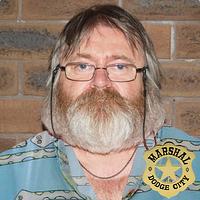Share your craft projects
Make new craft buddies
Ask craft questions
Blog your craft journey
re: Fun and Easy!

Great writeup and explanation Splinter. I've been lasering for about 15 years and still learnt a bucketful... (but then again I should be content as I don't read... not can't, just bloody lazy).
Must admit I'm impressed with the features of LB... those red dots a great feature... I have to use a red sharpie to get the affect.
The laser software I use is quite primitive... basically adjust speed, power and order of cut (set up externally)... otherwise I tweak outside the S/W in Corel. They now use Ruby, but you know the adage, "old dog...".
I have a honeycomb bed

to minimise backburn, though I don't care about charring underneath. To cut warped veneer/paper. I use steel rulers

around the perimeter and in non cut areas to hold flat.
For small parts, I lay some aluminium flywire underneath (on top of honeycomp often held flat by the rulers),

to stop the pieces falling through... though most times I'm too lazy and lift the honeycomb and go serching for the dropped part amongst all the other small refuse.
The laser masking tape I use comes in 300mm width and has very light adhesion... just enough to barely hold on, but easy to remove without damaging the veneer... though result (tearout) is governed by the veneer media. If possible, that extra micron in veneer thickness permits light sanding to remove charring if making tape is not an option.
Only speaking from limited experience on veneers... my main experience is with inlay quality/thickness sheets.
If your first cut is too short... Take the second cut from the longer end... LBD









